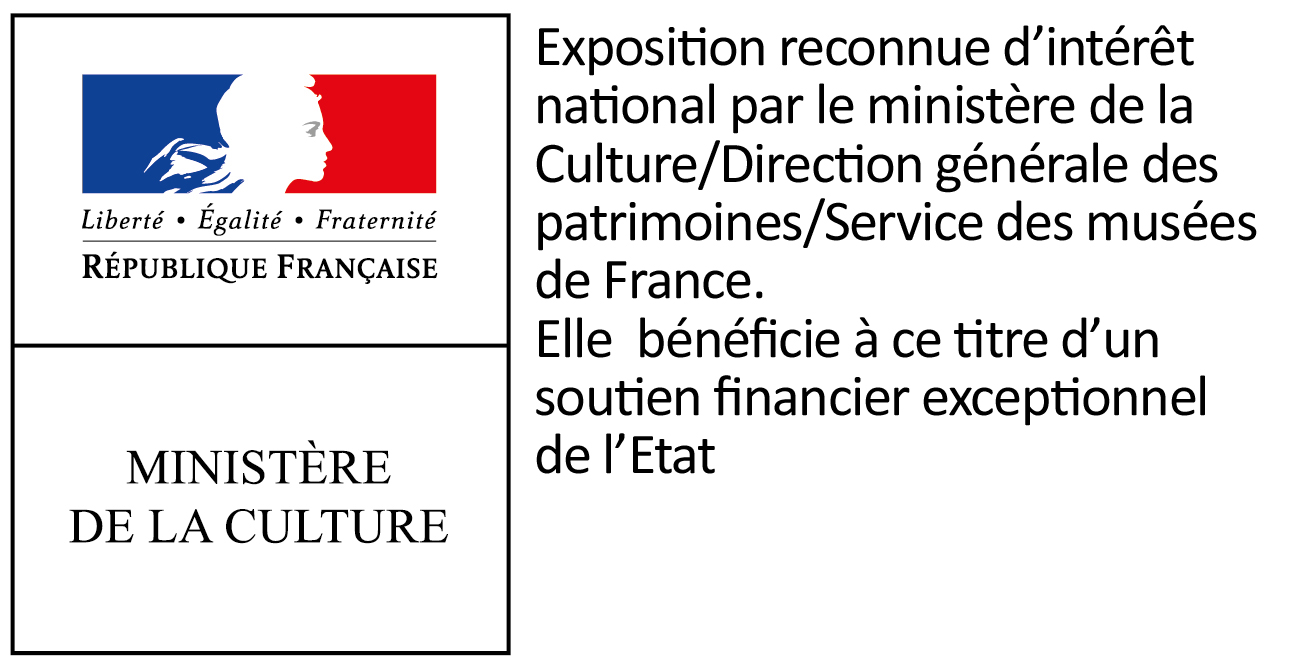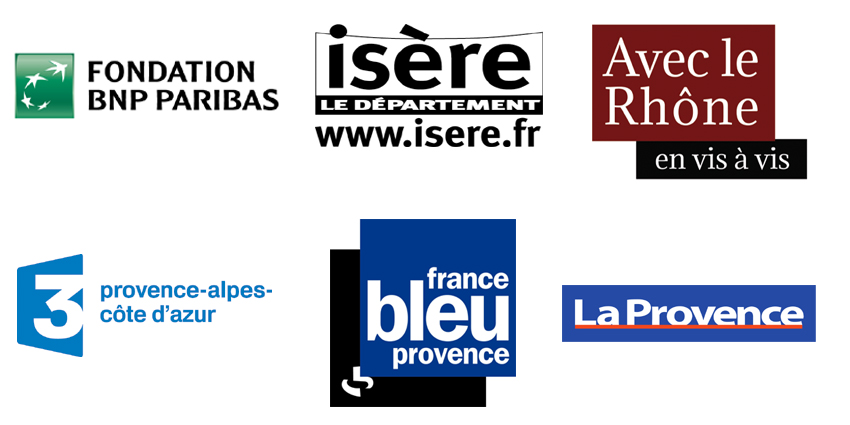Jacques Réattu was born in Arles in 1760. He was the illegitimate son of a nobleman, Guillaume Barrême de Châteaufort, and Catherine Raspal, sister of Antoine Raspal, the painter “of Arlesien women”. In 1775, he entered the Royal Academy of painting and sculpture. He intended to pursue a career as a “History Painter”. In order to achieve his ambition, however, he had to win the Grand Prix de Rome, a competition he entered in 1783. It wasn’t until 1790 that he won the coveted prize, opening the doors to a stay in Italy as a pensioner of the King.
Unfortunately, the political climate did not allow him to stay in the pontifical capital for the full four years. However, he did stay long enough to produce a a major work, Prométhée protégé par Minerve et élevé au Ciel par le Génie de la Liberté dérobe le feu [Prometheus, protected by Minerva and raised to the Heavens by the Genius of Liberty, steals fire], the first work on a revolutionary theme by the artist. On his return to France in 1793, he stayed in Marseille, where, in 1794, he was commissioned to decorate the Temple of Reason with eight monumental paintings “painted in grisaille”, imitating bas reliefs and illustrating revolutionary ideas.
In late 1798, he came back to Arles for good. Between 1802 and 1819, despite various projects that never reached fruition, Jacques Réattu devoted most of his energies to the management of his land and property. He did not seriously resume painting until 1819, embarking on one of the most productive periods of his career with grand decorative commissions, especially for theatres and city halls in Marseille, Nîmes and Lyon. While continuing to paint in the grand allegorical style of the day, Jacques Réattu turned again to works of a mythical inspiration. Finally, in 1826, he began his first and only great religious decor for the church of St Paul de Beaucaire. He died in 1833, completing only three of the five intended works.
The first retrospective exhibition
After the legacy in 1868 by Jacques Réattu’s daughter, Elisabeth Grange, it fell to to the Grand-Prieuré, now a municipal museum, to organise the first retrospective exhibition on the Arles painter. The discovery of his work dates to the 1980s, with the thesis by a German researcher, Katrin Simons, and the publication in 1985 of the work, Jacques Réattu, painter of the Revolution in Provence. The bicentenary of the French Revolution in 1989 made it possible to place Réattu’s work at the heart of the artistic production of the day, highlighting in particular his decor for the Temple of Reason in Marseille. It wasn’t until 2000, and an exhibition by the Musée de la Révolution française / Domaine de Vizille (“Jacques Réattu – Sous le signe de la Révolution”), that the work of the Arlesian artist was appreciated in its own right. More than 14 years of painstaking work have gone into studying his 300 drawings and scanning them into Joconde (the national database), in addition to scanning and transcribing the whole of his correspondence (over 1,300 pages) preserved in the Arles media library. Finally, in 2017, the museum was in a position to organise this first retrospective. “Jacques Réattu, arelatensis – Dream of an artist”, brings to light the work of a great painter from a key historical period (the French Revolution) and in the context of art history (Neoclassicism.)
One exhibition: two venues
The exhibition has been created within two symbolic places. The Musée Réattu is dedicated to the wide-ranging retrospective of the Arles painter’s work, from his first drawings (1778-80) to his last projects (1830), by way of his victory in the Grand Prix de Rome (1790). In the Chapelle Sainte-Anne, Place de la République, six monumental paintings (2m x 6m) in “grisaille” from the Temple of Reason in Marseille are being unveiled for the first time, along with all his preparatory drawings. This presentation is the culmination of a restoration programme which began in 2014, and which has drawn in such important partners as the Fondation BNP Paribas, the Conseil Général de l’Isère (musée de la Révolution française – domaine de Vizille), the Ministère de la Culture (DRAC Paca), and the Association des Amis du musée Réattu « Avec le Rhône en vis-à-vis » which organised a crowdfunding sponsorship campaign.
More than 100 paintings and 200 drawings will be on public show in this substantial exhibition.
Prestigious loans
While the bulk of Réattu’s work was already in Arles, works had to be brought back to the artist’s home region from a large number of institutions and several rare private collections. All have been extremely generous in their response to the musée Réattu. Our thanks go to Aix-en-Provence, Académie d’Aix - musée-bibliothèque Paul Arbaud ; Besançon, musée des Beaux-Arts et d’Archéologie ; Le Mans, musée de Tessé ; Montpellier, musée Fabre ; Paris, musée du Louvre ; Ecole nationale supérieure des Beaux-Arts. The exhibition has also provided a unique opportunity to relateRéattu’s workwith that of his direct contemporaries, those he mixed with in Paris or in Italy: Anne-Louis Girodet Trioson (Angers, musée des Beaux-arts), Charles Meynier (Boulogne-Billancourt, Bibliothèque Paul-Marmottan), Philippe Chéry (La Rochelle, musée des Beaux-arts), Philippe Hennequin (Lyon, musée des Beaux-arts), Etienne-Barthélémy Garnier (Paris, Ecole Nationale supérieure des Beaux-arts), Joseph-Marie Vien (Paris, musée du Louvre), Jean-Charles Tardieu (Toulouse, musée des Augustins), Jean-Joseph Taillasson, Nicolas de Courteille (Vizille, musée de la Révolution française), Simon Julien (Caen, musée des Beaux-arts)…
An “Exhibition of National Interest”
An exhibition of this scope, with its combined artistic and scientific content, can only be possible if it is accompanied by a rich cultural programme, capable of reaching the widest possible possible public. These criteria have resulted in it being designated as an “Exhibition of National Interest” by the Ministry of Culture. The exhibition “Jacques Réattu, arelatensis – Dream of an artist” is the only exhibition in the PACA region to have been awarded this label in 2017.

